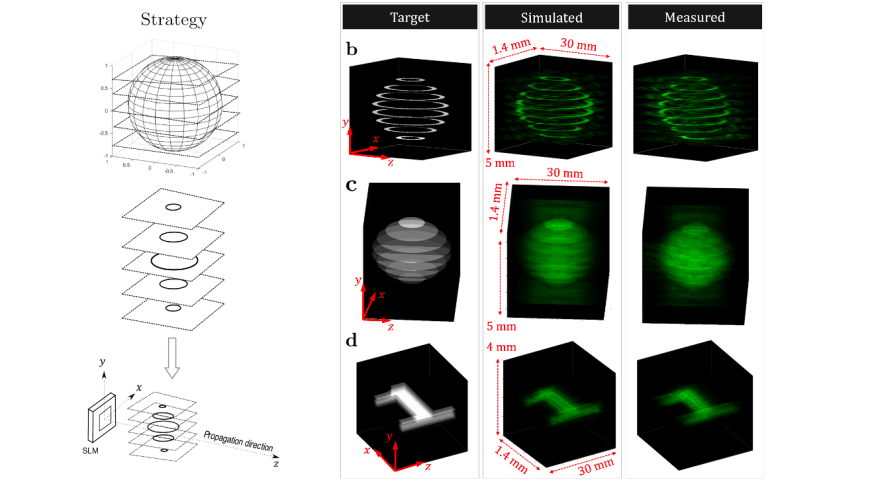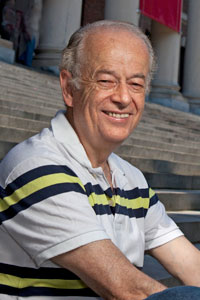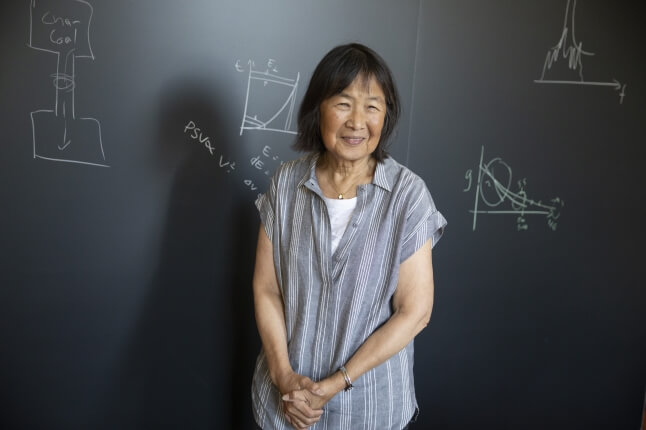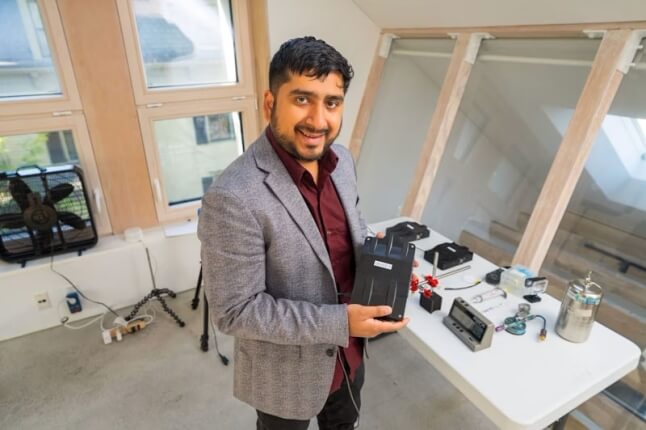News
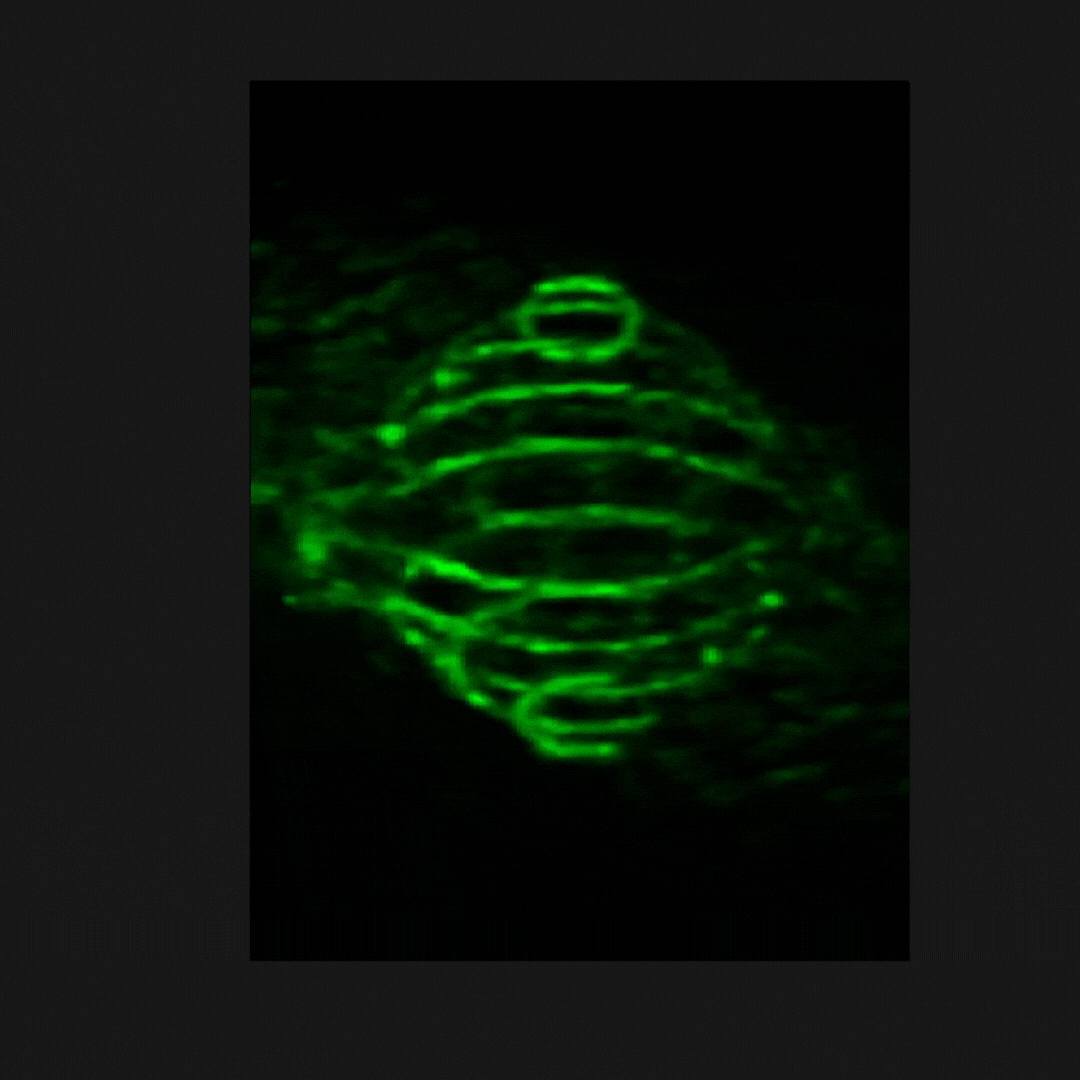
A 3D holographic object created in the lab of Federico Capasso.
Holography – the use of light projection to display images – can be used to construct holograms, which are three-dimensional structures of light that depict true-to-life objects and scenes. While today’s technologies can’t yet produce the incredibly lifelike holograms of science fiction movies, researchers from the Harvard John A. Paulson School of Engineering and Applied Sciences (SEAS) have made a significant leap toward this goal.
A team of scientists and engineers led by Federico Capasso, the Robert L. Wallace Professor of Applied Physics and Vinton Hayes Senior Research Fellow in Electrical Engineering at SEAS, has reported in Nature Photonics an entirely new way of creating holograms using threads of light layered to construct 2D sheets containing tightly-controlled arrays of light. These sheets can then be tightly stacked – like a pile of deli cheese – to depict 3D objects.
“This research leverages in an innovative way the widely used and commercially established technology of spatial light modulators to shape light as it propagates, creating an entirely new class of holograms,” says Capasso. “I foresee that this holography method will have impact on virtual and augmented reality, biological imaging, volumetric displays, human-computer interactions, interactive educational tools, and more.”
Traditional holography methods arrange light in planes moving away from the eye of the viewer like a series of sequential dominoes, which is problematic because the layers farthest away become harder to see. That can disrupt the viewer’s depth perception and ultimately make 3D objects appear in diminished detail. To solve this problem, Capasso’s team and collaborators from University of São Paulo and Brazil’s State University of Campinas devised a holography method to propagate slices of light perpendicularly to the optical display, so that the viewer is looking along the full length of the slices.
“By doing so, we have mitigated the depth perception problem that has traditionally affected holography,” says Ahmed Dorrah, first author on the paper and a research associate in the Capasso group. “We can also achieve uniformly spaced sheets of light while maintaining low crosstalk between the sheets and high resolution of depicted images and objects.”
By stacking 2D sheets of tightly controlled rays of light, researchers in the lab of Federico Capasso can depict 3D holographic objects.
Dorrah says the method could someday be used to depict any 3D hologram, viewable from any angle with continuous depth, as if it’s physically present. “At the heart of this development is a special kind of light beam called a Bessel beam,” he says. Unlike more commonly used laser beams which diffract and grow less intense as they move farther from their source, Bessel beams maintain their intensity and can even “heal” themselves after encountering obstacles by winding around them.
“Bessel beams spread outward in a ring-like pattern. Combining more than one Bessel beam – a process called superposition – provides precise control over the intensity of light along any given point through interference,” says Michel Zamboni-Rached, professor of electrical engineering at Brazil’s State University of Campinas and senior collaborator on this work. “You can selectively illuminate desired parts of these light sheets,” he adds, without losing the depth of field crucial for depicting images and objects crisply.
By stacking these superimposed beams together to form sheets of light, it’s possible to additively create a “3D-printed” projection made of precisely structured light. Capasso’s team is especially interested in leveraging this new method to improve biological research.
“I think the selective control we can exert over light’s intensity could be combined with microscopy methods to have greater control over where light is sent into a biological sample,” says Dorrah. That’s important because laser beams used in microscopy can damage living cells through a process known as phototoxicity, limiting how much imaging a tissue sample can withstand.
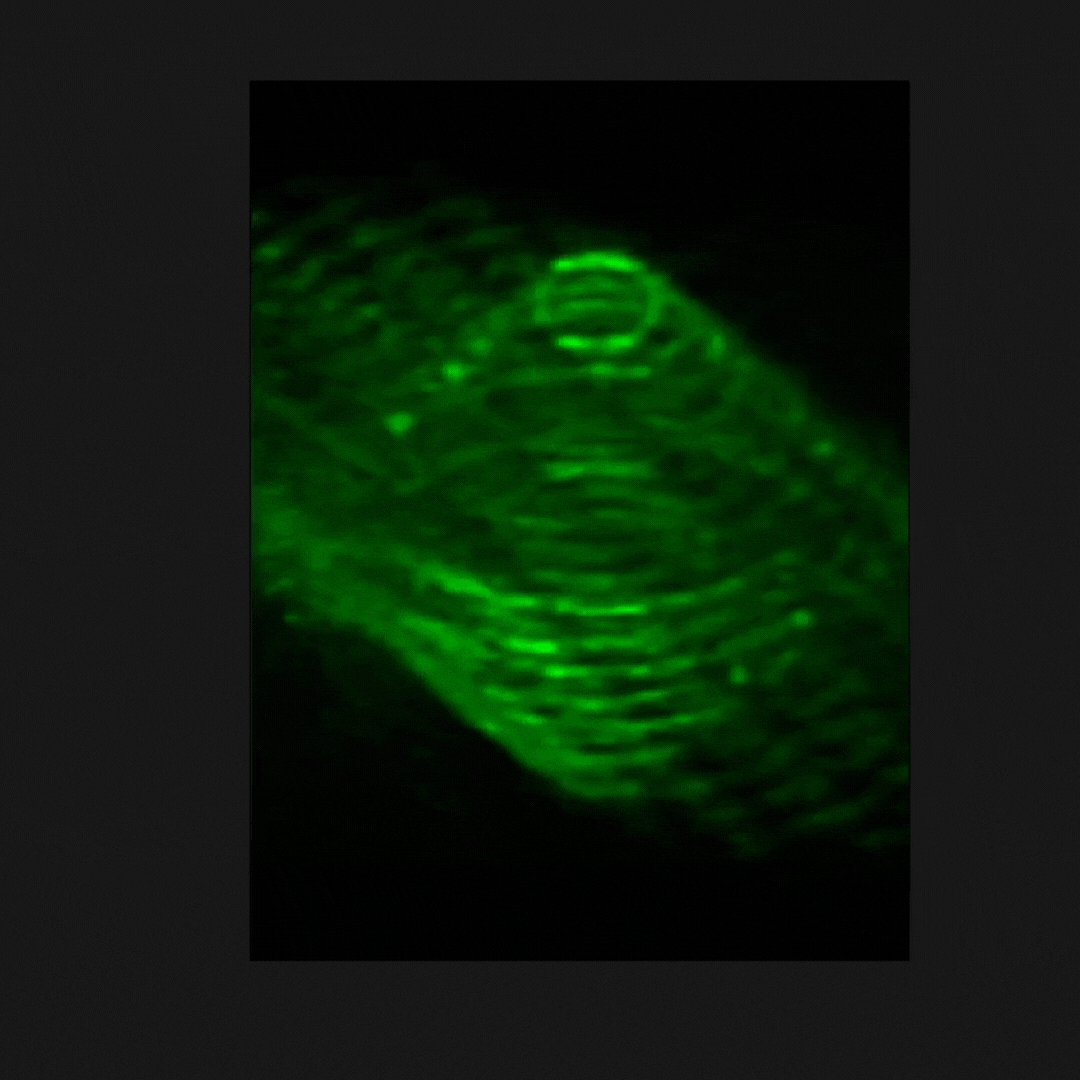
Another 3D holographic object created in the lab of Federico Capasso.
Dorrah is also keen to adapt the method for optogenetics research, in which brain circuits are genetically engineered so that tissue activity can be triggered on or off in response to light, allowing scientists to study how certain cells impact behavior. With light sheet holography, “you could activate targeted cells or networks of cells within optogenetic circuits with a very high degree of accuracy and specificity,” he says.
The new holography method was discovered rather serendipitously by Capasso’s team. Dorrah and his collaborators from Brazil had been developing techniques to trap particles in focal points using Bessel beams of light, so that atoms in specific spots of space and time could be better studied. That’s when the team started to wonder if stacking these beams in sheet shapes could be used to build holograms.
The group was awed when they tested the technique and saw how well it worked. “Usually, we develop a new theory, we test it with an experiment, the results are flawed, and then we rethink our approach,” says Leonardo Ambrosio, professor of electrical engineering at the University of São Paulo and another senior collaborator. “But this time, our initial experiments far exceeded even our most optimistic expectations. We were amazed by the complexity of images and objects we could make.”
Harvard’s Office of Technology Development has protected the intellectual property arising from the Capasso Lab’s new holography technique and is exploring commercialization opportunities.
Additional authors include Priyanuj Bordoloi, Vinicius S. de Angelis, and Jhonas O. de Sarro.
This work was supported by the Natural Sciences and Engineering Research Council of Canada (award no. PDF-533013-2019), the Office of Naval Research under the MURI program (grant no. N00014-20-1-2450), the Air Force Office of Scientific Research (grant no. FA9550-21-1-0312), the National Council for Scientific and Technological Development (grant nos. 140270/2022, 309201/2021-7, and 306689/2019-7), and the Sao Paulo Research Foundation (grant nos. 2021/15027-8, 2020/05280-5, and 2021/06121-0).
Topics: Applied Physics
Cutting-edge science delivered direct to your inbox.
Join the Harvard SEAS mailing list.
Scientist Profiles
Federico Capasso
Robert L. Wallace Professor of Applied Physics and Vinton Hayes Senior Research Fellow in Electrical Engineering
